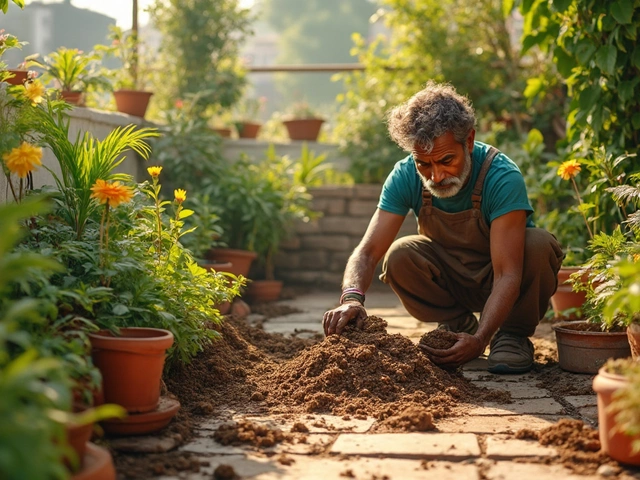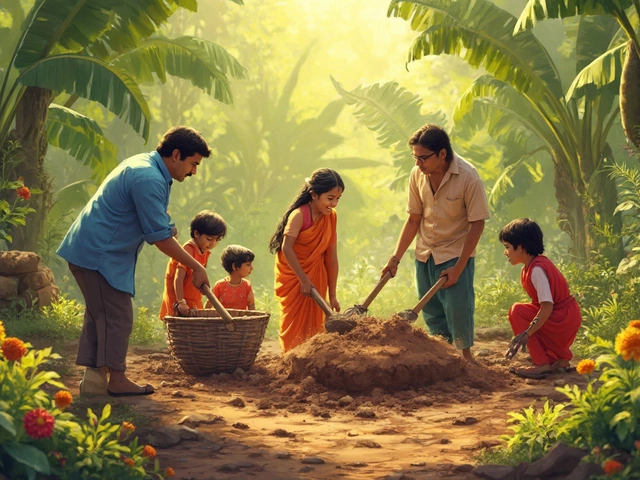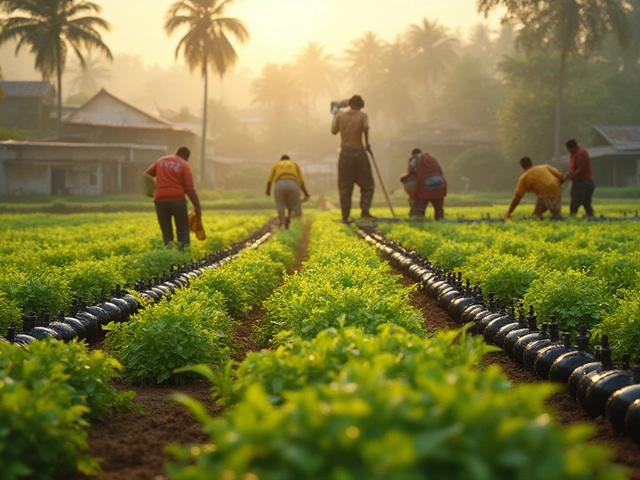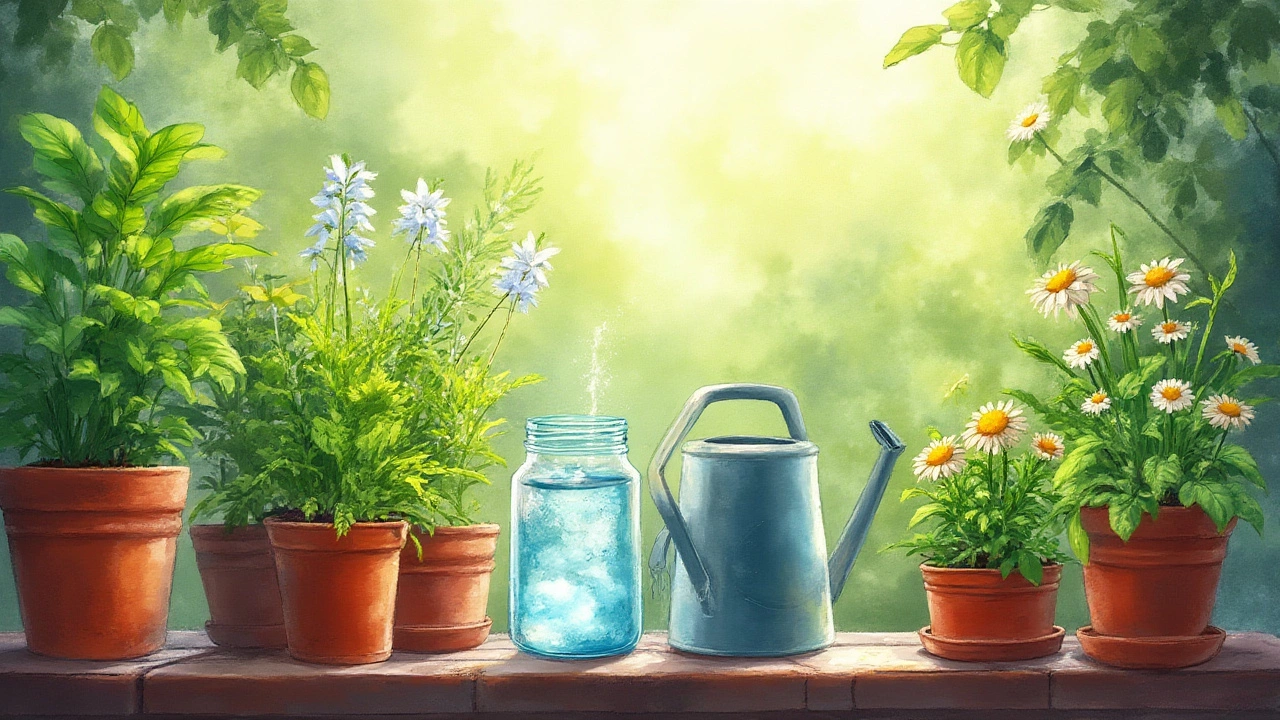Letting Tap Water Sit: Simple Steps for Healthier Plants
Ever wonder why some gardeners always fill a bucket and wait a few hours before watering? It’s not a superstition – it’s a practical trick that can make a real difference. When you let tap water sit, the chlorine evaporates, the temperature drops, and the water becomes gentler on roots. In India, where tap water often carries chlorine or chloramine, this habit can protect delicate seedlings and save you a lot of guesswork.
Why Let Tap Water Rest?
Tap water is usually treated with chlorine to keep it safe for drinking. While good for us, chlorine can shock young plants, especially those that love soft water, like orchids, ferns, and many houseplants. When you let water sit in an open container for at least 24 hours, the chlorine gas escapes into the air. If your supply uses chloramine (a mix of chlorine and ammonia), a longer wait—up to 48 hours—or a simple filter will do the trick.
Temperature matters too. Water straight from the tap can be warm or cold depending on the season. Plants prefer water that’s close to the ambient temperature. By letting water sit, it naturally adjusts to room temperature, which reduces root stress and encourages steady growth.
How to Make It Work in Your Garden
Start with a clean bucket or container that has a wide opening. Fill it with the amount of water you need for your day’s watering. Cover the top loosely with a lid or cloth to keep dust out while still letting gases escape.
Give the water at least 24 hours to rest. If you’re in a hot climate and the water feels warm, you can move the container to a cooler spot, like a shaded balcony or a garage. For indoor plants, simply leave the bucket on a kitchen counter; the room temperature is usually perfect.
When it’s time to water, give the water a quick stir to mix any settled minerals. Then water as you normally would, making sure the soil gets evenly moist. You’ll notice fewer yellowing leaves and less leaf burn on plants that are sensitive to chlorine.
For larger gardens, you don’t have to fill a huge tank each time. Instead, keep a smaller “starter” bucket that sits on a shelf. Refill it daily and let it rest overnight. This way, you always have ready-to-use, plant‑friendly water without wasting time.
One extra tip: if you’re using a rainwater harvesting system, you can blend the rainwater with your rested tap water. The mix gives you a balanced pH and reduces the overall chlorine load, especially during the monsoon when rainwater is abundant.
In short, letting tap water sit is a low‑cost, low‑effort habit that can boost plant health, especially for sensitive species. Try it for a week and watch how your garden responds. You’ll likely see greener leaves, stronger roots, and fewer surprises when you water. Give it a try – your plants will thank you.
How Long to Let Tap Water Sit Before Watering Plants for Healthy Growth
Not sure if you need to let tap water sit before watering your plants? Here's how timing and water quality affect plant health, plus practical tips.
About
Indoor Plant Care
Latest Posts


How to Fix Hard Soil in Your Garden for Healthier Plants
By Alden Thorne Jun 29, 2025

The Reigning Queen of Indian Vegetables: Brinjal Unveiled
By Alden Thorne Nov 22, 2024

Why Is Drip Irrigation So Expensive? Breaking Down the Real Costs and Saving Tips
By Alden Thorne Jul 22, 2025

